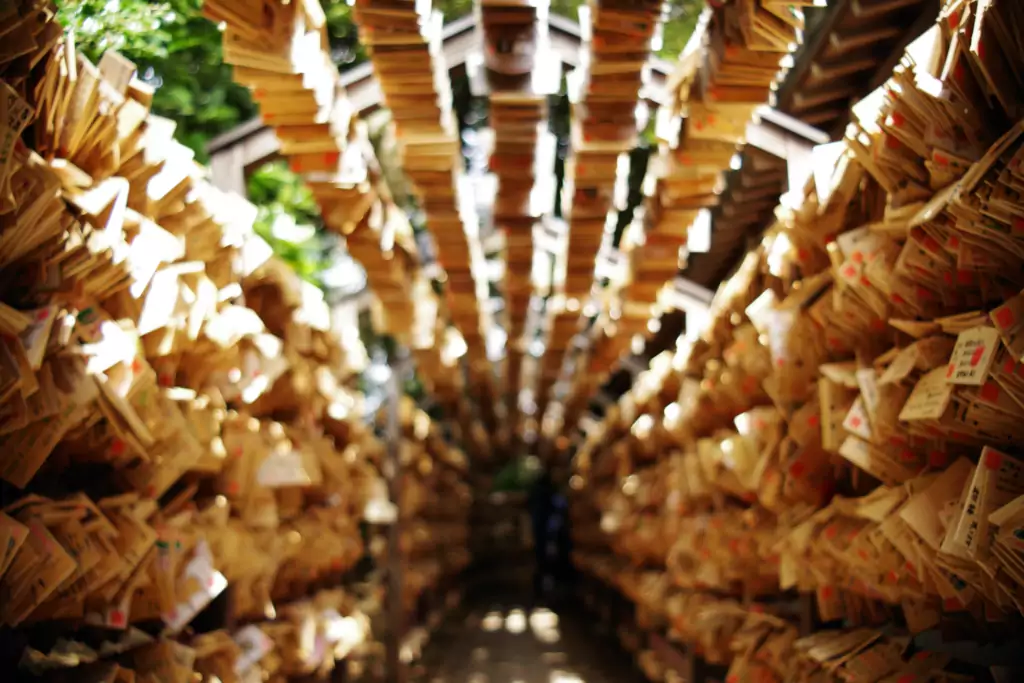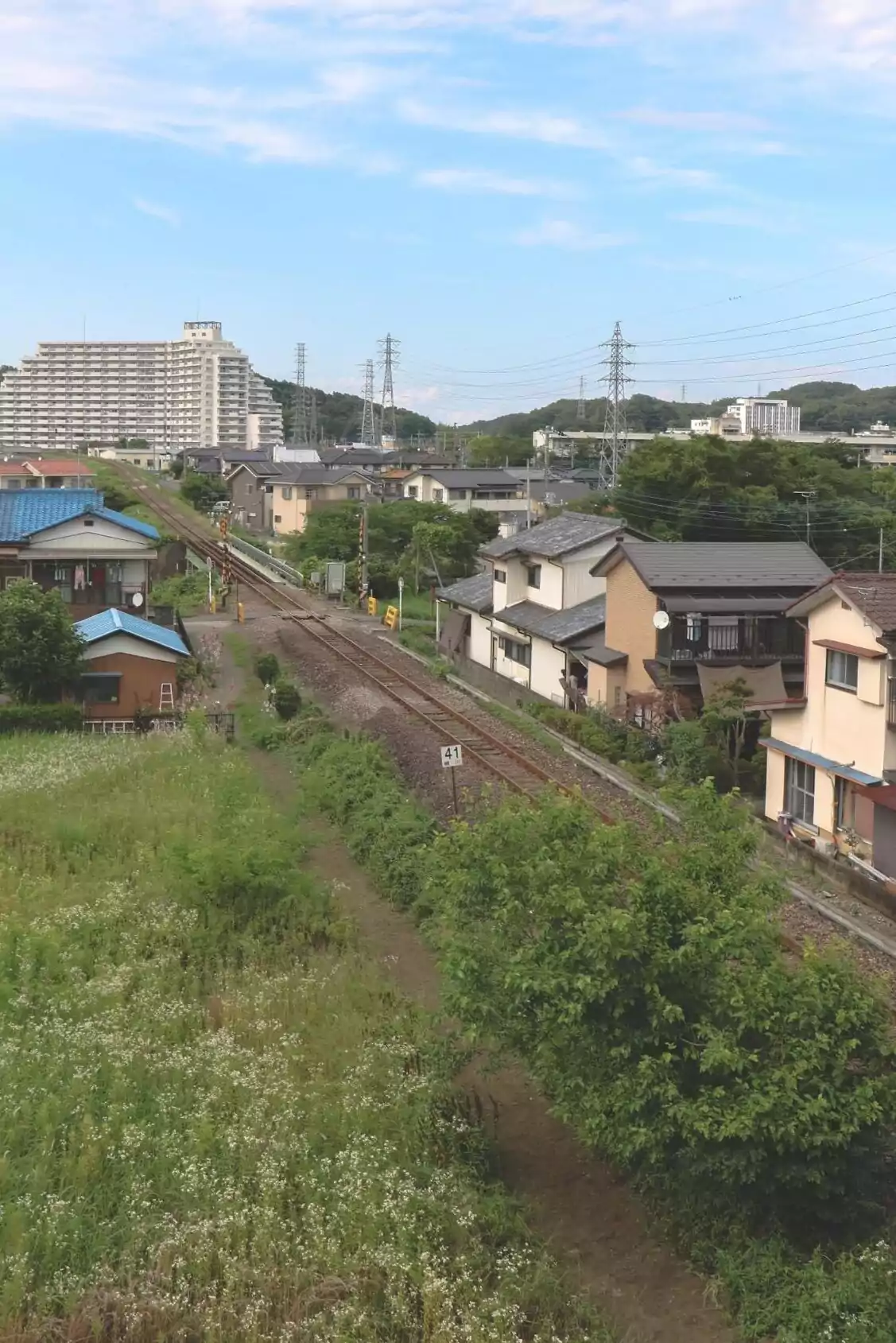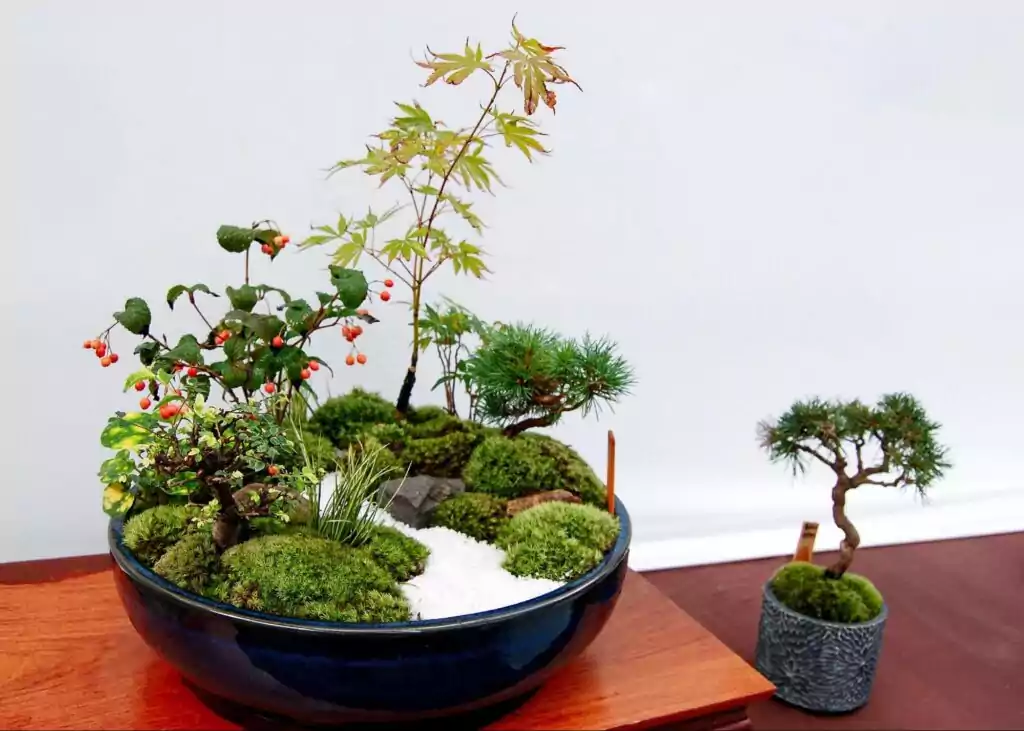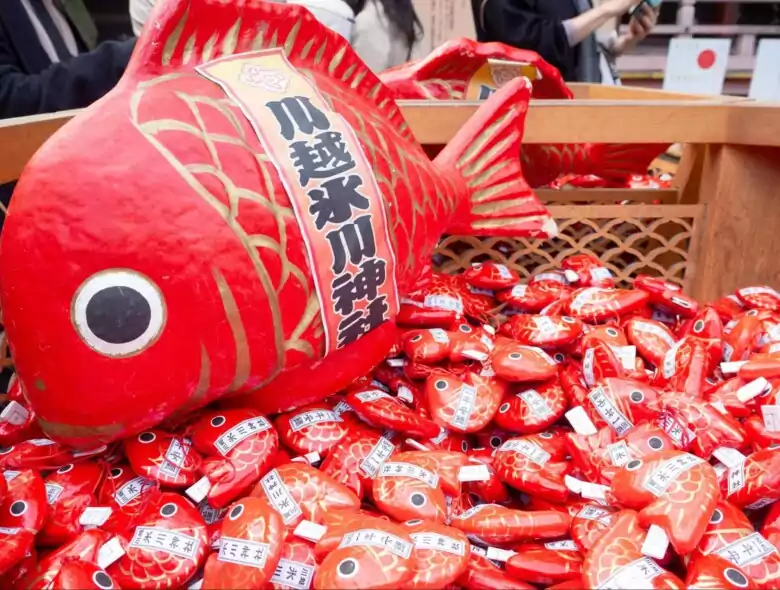Saitama Prefecture is the fifth most populous in Japan, with a high character as a bedroom town for Tokyo. There are 20 village houses scattered throughout the area.
Saitama Prefecture is home to Saitama City, an ordinance-designated city, one of only 20 such cities in Japan. Saitama Prefecture’s mascot character is “Kobaton.” The motif is based on the Shirakobato, the prefectural bird of Saitama Prefecture.
As an ordinance-designated city, Saitama City has a population of approximately 1.33 million as of October 2022, making it the ninth most populous city in Japan. The population has been consistently increasing over the last 30 years. Omiya Station, the main station in Saitama City, is not only accessible to Tokyo via the Keihin Tohoku Line, Utsunomiya Line, Takasaki Line, Shonan Shinjuku Line, and Saikyo Line, but is also served by the Tohoku and Yamagata Shinkansen bullet trains, making it the terminal station as the gateway to the Tohoku region. The convenience of commuting to work and school has made Omiya an attractive city with an ever-growing population.

Omiya Hikawa Shrine
Located about a 15-minute walk from Omiya Station, Hikawa Shrine is the headquarters of approximately 280 Hikawa shrines in Tokyo and Saitama Prefecture and is said to have a history of over 2,400 years. The Hikawa approach leading to the shrine has three gates from Ichino-torii (first gate) to San-no-torii (third gate). It is said to be the longest approach to the shrine in Japan, stretching approximately 2 km. On December 10, a festival called “Tokaichi” is held on the approach to the shrine, which attracts many people.
Omiya Park
Omiya Park is next to Hikawa Shrine and is a prefectural park with an area of 67.8 hectares and famous for its cherry blossoms. Approximately 1,000 cherry trees are in full bloom. The park has been selected as one of the “100 Best Cherry Blossom Viewing Spots.
During the cherry blossom viewing season from late March to early April, the park is crowded with approximately 30,000 cherry blossom viewers.
There is a small zoo in the park with free admission, where you can observe not only monkeys, capybaras, and goats, but also many kinds of birds in a large bird cage. On weekends and holidays, the park is crowded with many families.
Omiya Park also has a second and third park with tennis courts and a softball field. There are about 520 plum trees, including red, white, and weeping plum trees, and the “Plum Blossom Festival” is held from mid-February to March every year.

Dango shop with a rich history
Hikawa Dango Honten is a dango shop that has been in business since 1970. The dumplings have been popular with visitors to the shrine since its founding, and many media outlets have reported on the store’s popularity for take-out and eating while visiting the shrine. It is recommended to have a relaxing lunch after visiting the shrine.

Omiya, the city of railroads “Railway Museum”
Omiya is a railroad town where the Shinkansen bullet train stops. The Railway Museum, one of the largest railroad museums in Japan, is located within a minute’s walk from the Railway Museum Station, which is next to Omiya Station.
You can see old steam locomotives (designated as National Important Cultural Property No. 1 locomotive) and the latest Shinkansen right in front of your eyes.
You can also experience what it is like to be a real driver by using the driving simulator. Of course, there is also a conductor simulator where you can experience the work of a conductor.
This is popular with children who love trains.
There is also a space where you can have a meal while watching the train at lunchtime, and a space where you can have a box lunch in the actual train. It would be nice to buy a boxed lunch from the station and have lunch while feeling like you are on a trip!

Bonsai Village
As the name “Bonsai Town” indicates, there is a town where bonsai vendors and bonsai enthusiasts gather in the northern part of Saitama City, a rarity in Japan.
It started when bonsai growers moved to the area around the beginning of the Taisho era (1912-1926), and at its peak, there were more than 30 bonsai gardens. At its peak, there were more than 30 bonsai gardens.
The Bonsai Festival is held every May and attracts many bonsai enthusiasts.
Neighboring Cities
Omiya Station is a popular terminal station with many train lines, but rent may be expensive. However, if you look at the bedroom towns located a few stations away from Omiya Station, you will find that rents can be kept low compared to rental properties in the Omiya Station area.
For example, at Shichisato Station on the Tobu Urban Line (formerly known as the Tobu Noda Line, between Omiya and Funabashi), there is Village House Ooya, which has spacious 3DK rooms for rent.
This is a smart choice for those who value space at a low rent, just a few stops away from a popular station!
Village House is a suitable place to enjoy a new life at an affordable price!
Please look at our website to see what properties we have in Saitama Prefecture with affordable rent.



